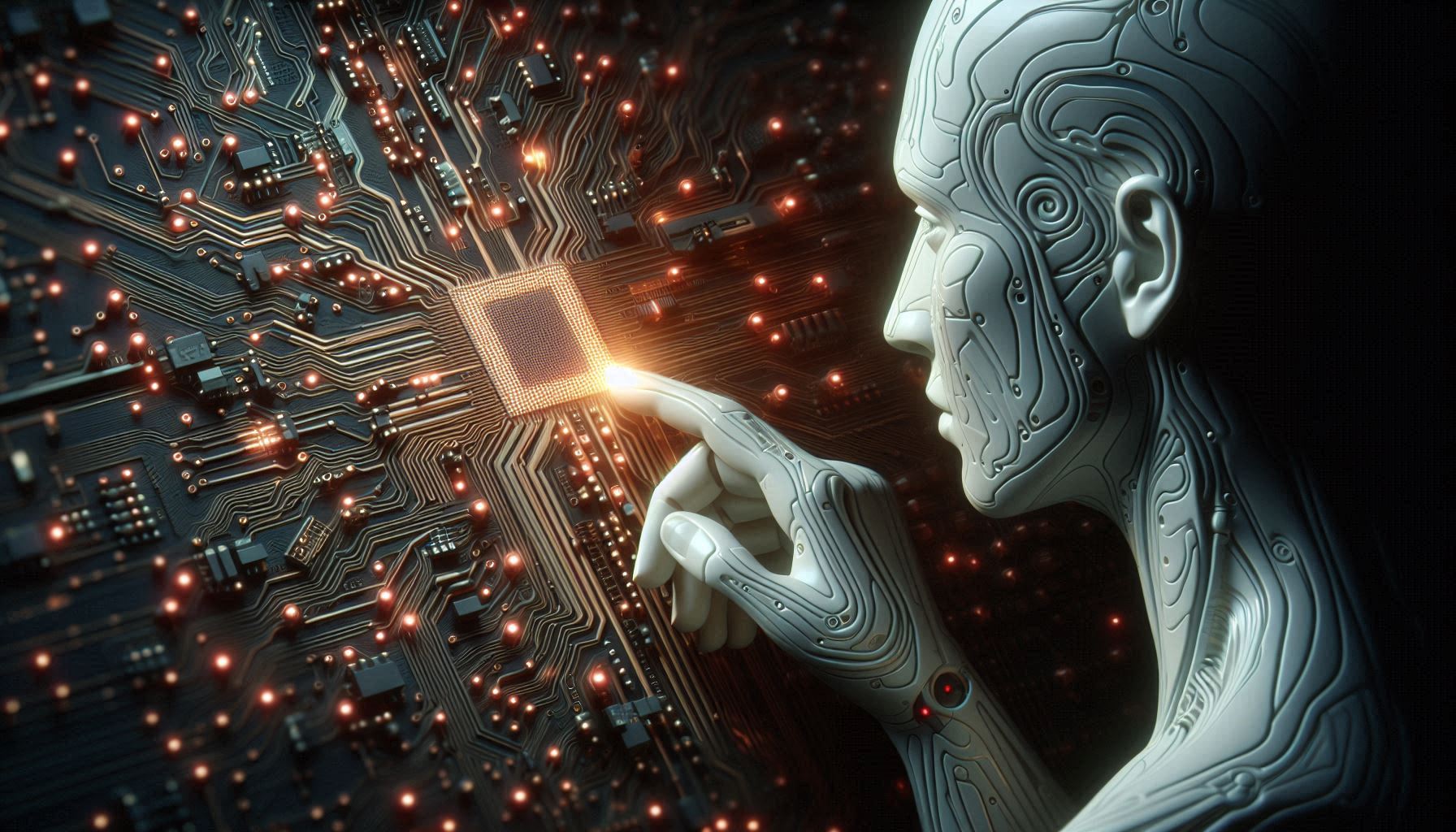Copyright SiliconANGLE News

Nvidia Corp. brought its full-stack artificial intelligence ambitions today to Washington, D.C., unveiling new supercomputing systems, telecom partnerships and industrial collaborations that extend its reach from the nation’s labs to its factories. At its GTC DC event, the company announced major initiatives spanning quantum computing, 6G networks and “AI factories” built with the United States Department of Energy and Oracle Corp. — all framed as part of what executives described as America’s next industrial and scientific renaissance. Delivering the next generation of AI scale Oracle and the DOE are partnering with Nvidia to build two large-scale AI factories, beginning with a site that will support 10,000 graphics processing units called “Equinox” and a follow-on phase dubbed “Solstice” that will deliver 2,200 exaflops of AI performance. The company also revealed that the Los Alamos National Laboratory will deploy two next-generation supercomputers built on the Nvidia Vera Rubin platform, named “Mission” and “Vision,” designed for national-security and open-science work. To further the company’s drive toward AI factories, Nvidia announced Omniverse DSX, a blueprint for gigawatt-scale AI campuses. The technology uses the company’s Omniverse platform, which provides a “metaverse” simulation for developers and engineers to visualize 3D models and large-scale projects. The simulations interact and react with real-world physics, so engineers can build and test anything they can imagine. “Partners can use as much or as little as needed,” said Dion Harris, senior director of HPC, cloud and AI infrastructure solutions at Nvidia. “DSX establishes a common architecture for AI factories ranging from 100 megawatts to multiple gigawatts.” The new blueprint expands on existing work by Nvidia to provide digital twins, or virtual replicas, for best-of-breed AI factories. Using these simulation-ready blueprints, AI companies have a head start on designing and architecting the next generation of AI data centers. In addition, Nvidia is launching BlueField-4, the next iteration of its data processing unit, designed to accelerate and offload data center infrastructure tasks, such as networking, storage and security. It will power AI datacenters with 800 gigabits per second of throughput and six times more compute than the previous generation. Expanding communications and industrial partnerships Nvidia announced an AI-native wireless stack built on Nvidia’s Aerial platform for the upcoming 6G standard. According to the company, AI is now integral to the 6G wireless standard, which represents a major advancement over 5G, expected to be up to 1,000 times faster. It will deliver even lower latency, using higher frequencies and AI to enable new capabilities. Nvidia Aerial Radio Access Network Computer Pro, or ARC Pro, will be used to build new telecommunication products for 5G and 6G network deployments. T-Mobile US Inc. and Nokia Corp. are working with Nvidia to implement the latest technology into networks. Using this release, carriers will be able to upgrade from 5G to 6G using software alone when the time comes. Siemens AG expanded its efforts with Nvidia to introduce a new suite of services to Omniverse, featuring libraries for building advanced factory digital twins. This will allow companies to build factories that are “born digital” and be autonomous from inception, connected to AI models and agents that power intelligent robots. Nvidia also announced a global partnership with Uber Technologies Inc. to deploy a global fleet of robotaxis. “Together, we’ll deploy more than 100,000 robotaxis worldwide in the next few years,” said Kari Briski, vice president of generative AI software at Nvidia. Ushering in the quantum era To help build the upcoming era of quantum computing, Nvidia introduced NVQLink, the world’s first quantum interconnect, which will provide systems capable of performing quantum error correction at large scale and high speed. “Every supercomputer will draw on quantum processors to expand the problems it can compute, and every quantum processor will rely on a supercomputer to run correctly,” said Tim Costa, general manager of industrial engineering and quantum at Nvidia. “GPUs act as the brains that orchestrate the quantum hardware.” Costa said NVQLink is a universal open architecture developed in conjunction with 17 quantum hardware companies with the aim of integrating GPUs and quantum computing processing units for hybrid supercomputers. Quantum computing has the potential to solve complex problems that are currently impossible for even the most powerful classical computers. It could lead to breakthroughs in areas such as medicine, materials science and artificial intelligence. However, quantum computers face problems with errors caused by even the most minute fluctuations in environment, including changes in temperature, magnetism or even cosmic rays. To handle this, specialized software running on traditional computers monitors for and corrects errors. Quantum computing companies, including Quantum Circuits Inc. and Alice & Bob SAS, announced collaborations with Nvidia using NVQLink. “This launch is a clear signal that fault-tolerant quantum computers, such as Alice & Bob’s QPUs, are about to reach industrial maturity,” said Jérémie Guillaud, vice president of firmware at Alice & Bob. Image: SiliconANGLE/Microsoft Designer



